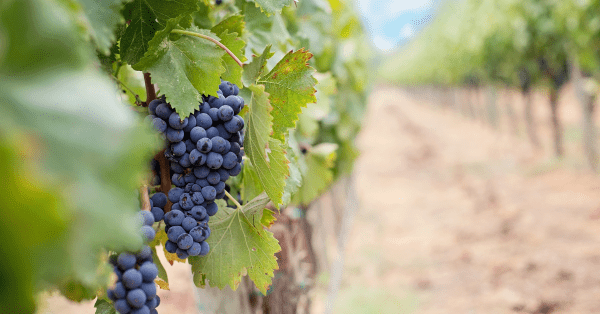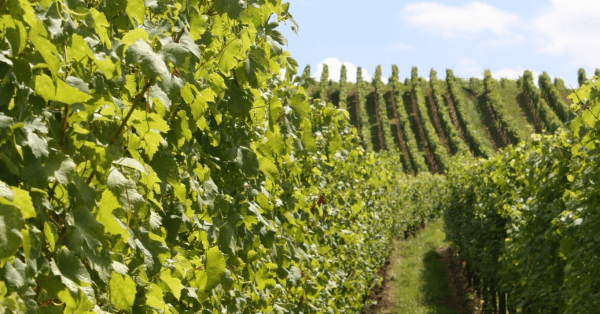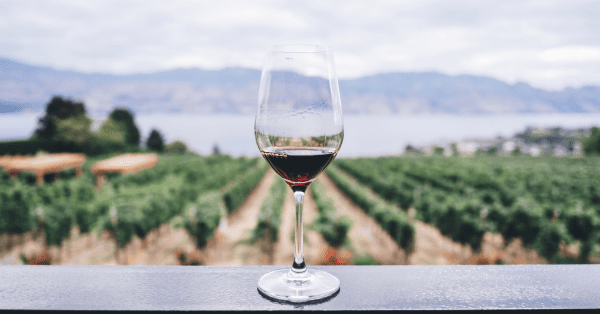BORDEAUX SOIL AND GRAPE VARIETIES
Bordeaux’s varied terroir offers a variety of soils and climatic conditions, providing more or less favorable conditions for different grape varieties.Grape Varieties Wine production in France is strictly regulated, and in Bordeaux only certain grape grape varieties are permitted. There are three main grape varieties for red wines, Cabernet Sauvignon, Merlot, and Cabernet Franc, plus ‘auxiliaries’, Petit Verdot, Malbec and Carmenère. The auxiliary, or complementary, grape varieties are sometimes used in smaller quantities to add certain characteristics or flavors, to provide balance in the ‘assemblage’ process, i.e. when the wine is being blended. For white wines, the main grape varieties are Sémillion, Sauvignon Blanc, and Muscadelle, with auxiliaries Colombard,
Read More


